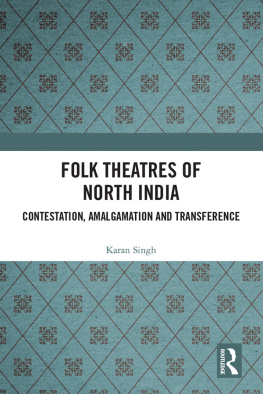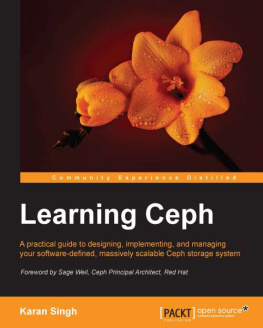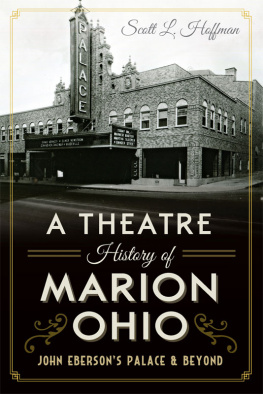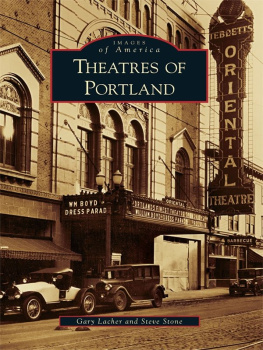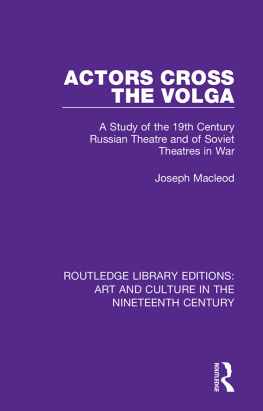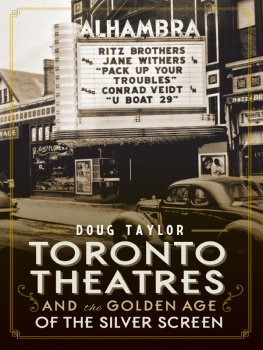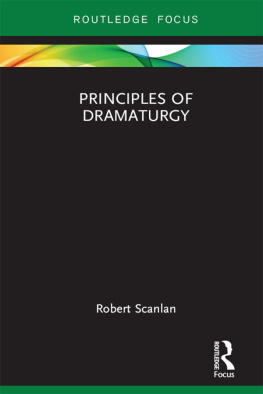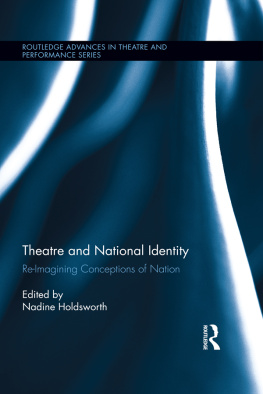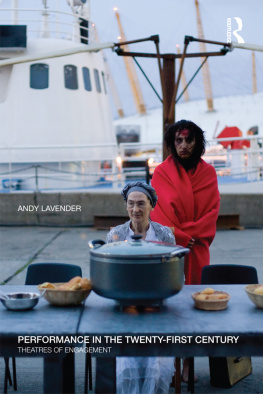FOLK THEATRES OF NORTH INDIA
This book examines folk theatres of North India as a unique performative structure, a counterstream to the postulations of Sanskrit and Western realistic theatre. In focusing on their historical, social and cultural imprints, it explores how these theatres challenge the linearity of cultural history and subvert cultural hegemony. The book looks at diverse forms of theatre such as svangs, nautanki and tamasha, all with conventions like open performative space, free mingling of spectators and actors, flexibility in roles and genres and so on. It discusses the genesis, history and independent trajectory of folk theatres; folk theatre and Sanskrit dramaturgy; cinematic legacy; and theatrical space as performance besides investigating causes, inter-relations within socio-cultural factors and the performance principles underlying them. It shows how these theatres effectively contest delimitation of human creative impulses (as revealed in classical Sanskrit theatre) from structuring as well as from normative impulses of religion and culture, while amalgamating influences from Western theatre, newly rising religious reform movements of nineteenth-century India, tantra and Bhakti. It further highlights their ability to adapt and reinvent themselves in accordance with spatial and temporal transformations to constitute an important anthropological layer of Indian society.
Comprehensive and empirically rich, this book will be an essential read for scholars and researchers of cultural studies, theatre, film and performance studies, sociology, political studies, popular culture and South Asian studies.
Karan Singh is Associate Professor of English at Government College for Women, Mahendragarh, Haryana, India. He has been Affiliated Fellow at International Institute of Asian Studies, Leiden, Netherlands, and Associate at Indian Institute of Advanced Study, Shimla. He has completed two major research projects of University Grants Commission on Dalit Literature and Folk Theatres and has published three books: Iris Murdoch: Melodrama and Metaphysics (2008), Dalitism and Feminism: Locating Women in Dalit Literature (2011) and Unknown Voices (2011). He is also Editor of OASIS, a literary annual journal, and President of the Society for Promotion of English Language and Literature.
First published 2020
by Routledge
2 Park Square, Milton Park, Abingdon, Oxon OX14 4RN
and by Routledge
52 Vanderbilt Avenue, New York, NY 10017
Routledge is an imprint of the Taylor & Francis Group, an informa business
2020 Karan Singh
The right of Karan Singh to be identified as author of this work has been asserted by him in accordance with sections 77 and 78 of the Copyright, Designs and Patents Act 1988.
All rights reserved. No part of this book may be reprinted or reproduced or utilised in any form or by any electronic, mechanical, or other means, now known or hereafter invented, including photocopying and recording, or in any information storage or retrieval system, without permission in writing from the publishers.
Trademark notice: Product or corporate names may be trademarks or registered trademarks, and are used only for identification and explanation without intent to infringe.
British Library Cataloguing-in-Publication Data
A catalogue record for this book is available from the British Library
Library of Congress Cataloging-in-Publication Data
A catalog record for this book has been requested
ISBN: 978-0-367-33474-1 (hbk)
ISBN: 978-0-429-32003-3 (ebk)
Typeset in Sabon
by Apex CoVantage, LLC
THIS BOOK IS DEDICATED TO MY WIFE, JYOTI, AND MY DAUGHTERS, DIVYA AND BHUMIKA, FOR THEIR PATIENCE AND CONSTANT SUPPORT
CONTENTS
by Jaibir Singh Hooda
Guide
Folk has indeed become a difficult term to define these days. And, perhaps, more difficult to accept as a marker of identity by all those people(s) who are identified as folk by individuals and institutionssocial, academic, legal and politicalbecause these individuals and institutions consider their own location as the centre of the contemporary discourse while consigning the location of the folk naturally to the periphery/margin. Since ancient times the margi and the desi traditions have been in vogue representing the elite and the masses in Indian society. Strict scriptural codes were developed to keep these traditions demarcated through regal interventions which had kept small amount of traffic between them, usually to accommodate the changes effected by religious, technological and indigenous political situations rising on the cultural horizon. Situations arising from foreign invasions interacted with Indian cultureboth the elite and the folk traditionsthe impact of which so far may not have been accounted for completely. The earliest Vedic and Upanishidic discourse kept changing and evolving in the successive periods, which is visibly manifested in the epics, pauranas, smirits , shastras , classical literature and treatises on arts, architecture, medicine, warfare, the reformist Jain, Buddhist and other schools of thought/philosophy and so on in the ancient and the early medieval period. This process can be most strongly perceived in the Bhakti movement in the late medieval period and, still later, in the impact of European, particularly English, colonization in modern times. These are only some of the important cultural situations that acted and reacted with the existing Indian traditions and brought in changes in the contours and trajectories of the elite and the folk traditions of India. The process of change continued after Independence through constitutional provisions and other means used by governments and social groups, political parties and other cultural outfits. Liberalization, privatization and globalization in tandem with late twentieth and early twenty-first century revolutions are transforming the existing polymorphous and multivalent folk traditions of India.
Performing arts of the elite culture ( margi ), by and large, developed with reference to the prescriptions of Natyashastra , so a high amount of homogeneity is noticeable in these arts across vast expanse of time and space in India. But the folk performing arts ( desi ), by and large, remained out of this loop and developed without interference of the hegemonic prescriptions of Natyashastra , at least in letter, if not in spirit, and, thus, are more heterogeneous, but it should be noted at the outset that both the traditions were aware of each others practices. Language, worshipping practices of the local deities, agricultural patterns, legends, myths and heroic exploits and so on specific to a region were responsible for the growth of varied folk performing arts. More often than not they also liberated the performance from Brahmanical control and the caste hierarchy.
On account of the absence of scriptural reference and interference these performing arts remained largely absent in serious and extended discussions of arts and literature. Besides entertainment, these arts also served many other (both sacred and non-sacred) cultural functions of the community. If aspiration to come nearest to the ideal established in Natyashastra lent grandeur to the classical performing arts, the need to appropriately and creatively respond to the sacred and non-sacred in varied circumstances lent variety to the folk performing arts. In spite of local differences there was a lot of give and take between them because of cultural contiguity and cultural overlapping. So, it is quite possible to speak of folk performing arts of India or Indian folk performing tradition.

